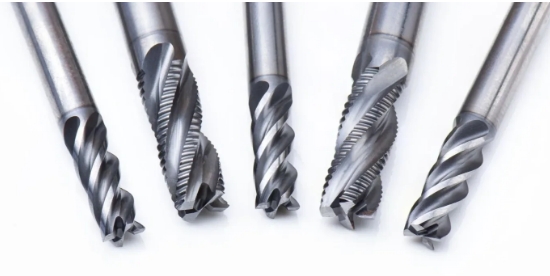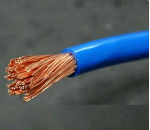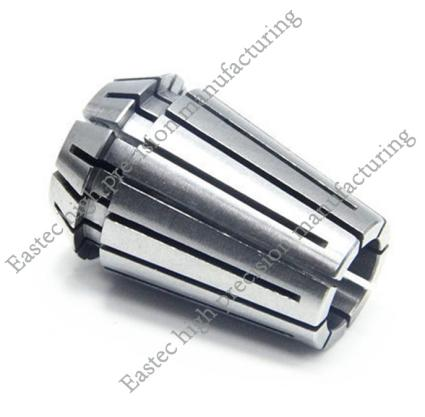
Typically, a machinist enters a CNC stepover percentage when using computer-aided manufacturing (CAM) software to generate CNC toolpaths. A designer uses computer-aided design (CAD) software to create a model of the part, and the machinist then imports this model using CAM software such as Mastercam or Autodesk Fusion. The G-code that is generated provides a raster toolpath for the CNC machine.
Based on the CAD model, the CAM software defines the machining operations and generates toolpath offsets. This programmed trajectory defines the movement of the cutting tool in terms of position, machining speed, and direction. Along with feed rate, spindle speed, pass depth, and depth of cut, step over is a key parameter. The tool’s movement can be linear, rapid, or circular. Sometimes, a zigzag toolpath is used instead.
Some stepovers are fixed, but adaptive stepovers are also used.
Adaptive Stepover
Adaptive stepover is a CNC machining strategy that uses toolpath algorithms to dynamically adjust the stepover value based on part geometry and the cutting conditions. Typically, it’s used with complex and variable parts where a fixed stepover would be inefficient. The advantages of adaptive stepovers include consistent cutting loads, optimal material removal, improved tool life, and a better surface finish.
Adaptive stepovers are particularly advantageous when dealing with irregular geometries or variable material thicknesses, where a fixed stepover might lead to excessive tool engagement or uneven material removal. By adjusting the stepover dynamically, the cutting forces remain consistent, reducing the risk of tool breakage, and ensuring a uniform surface finish. This strategy also helps in maintaining efficient machining speeds while minimizing tool wear, making it ideal for high-precision or high-complexity parts.
CNC Milling Stepover vs. Stepover in Other CNC Operations
Stepover is a term that’s associated with CNC milling, but other CNC processes have related concepts. For example, with CNC turning, the equivalent concept is the depth of cut. This refers to the thickness of the material layer that’s removed in a single pass. In CNC drilling, the concept that’s closest to stepover is pecking depth, where the tool retracts to clear chips between drilling cycles. Among non-milling CNC processes, CNC router stepover is the most similar to milling.





 Customer service 1
Customer service 1  Customer service 2
Customer service 2